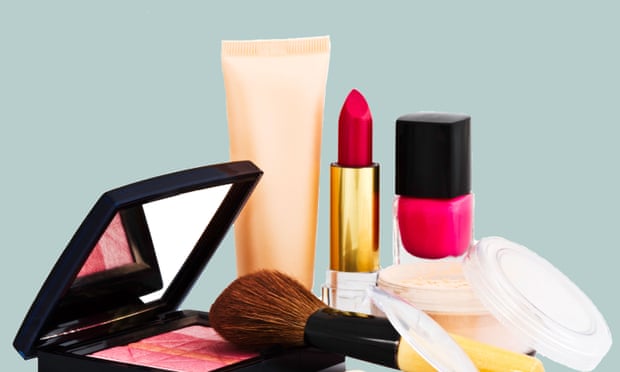Also known as plasticizers, phthalates are also commonly found in food packaging and plastics.
What are phthalates?
Phthalates are a group of chemicals most commonly used to make plastic more flexible and harder to break. They also act as a binding agent or a solvent. Also known as plasticizers, they are found in a wide range of products and were first introduced in the 1920s as an additive in polyvinyl chloride (PVC) and some healthcare products, such as insect repellent.
- Exposure to phthalates is widespread and Centers for Disease Control and Prevention (CDC) studies have found phthalates present in the majority of the population, particularly among children and women of child-bearing age.
What are phthalates in?
- Cosmetics and personal care products (shampoo, perfume, nail polish, hairspray, sanitary pads and more), vinyl flooring, mini blinds and wallpaper, raincoats, medical equipment and devices (including blood storage bags and IV tubes), plastic pipes, shower curtains, plastic film and food packaging, pharmaceuticals, lubricating oils and detergents.
- Phthalates are believed to leach into food products via the plastic found in food packaging and in production facilities; the chemicals have been found in food, particularly in milk and spices, researchers at the University of Washington said in 2013.
- They are known to spread across the food chain and have been found in the eggs of birds in the Canadian Arctic, scientists at the Canadian Wildlife Service recently discovered.
Can phthalates cause harm?
Phthalates’ effects on humans have not been studied extensively, but they are believed to be an endocrine-disrupting chemical (EDC) that can alter hormonal balance and potentially cause reproductive, developmental and other health issues.
- Links have been found to reproductive and genital defects, lower sperm count, disrupted hormones and infertility has been found in numerous studies on animals, the National Research Council stated in a 2008 risk assessment report.
- Exposure to phthalates can increase the risk of miscarriage and gestational diabetes in pregnant women, according to two recent Harvard studies.
- In infants and children, phthalates have been linked to allergies, male genital deformities, premature puberty, eczema, asthma, lowered IQ and ADHD. A 2010 study on New York schoolchildren associated prenatal phthalate exposure with social impairment later in life. Researchers in Korea last year found, through a review of existing studies, a “significant association” between DEHP exposure and neurodevelopmental effects in children.
- Other studies have linked phthalates to other effects in adults. A Harvard-led research team concluded in a 2008 study that levels of certain phthalates were linked to sperm DNA damage among men at an infertility clinic. The US Consumer Product Safety Commission said in a 2014 risk report that exposure to certain phthalates may induce adverse effects to the thyroid, liver, kidneys and immune system. Some phthalates – like DEHP, among the most widely-used phthalates – are listed as a probable carcinogen by the Environmental Protection Agency (EPA).
How can consumers limit any risks?
- Most exposure to phthalates come from eating and drinking food that has absorbed the chemicals. Phthalates may also be inhaled through vapors from fragranced cosmetics or cleaning products absorbed through the skin. Because they are in so many products, avoiding phthalates altogether is tricky.
- Minimize exposure by avoiding plastic food containers (plastic marked with a number 1, 2, 4 or 5 recycling code are probably safest).
- Use glass instead and never reheat food in plastic.
- Check product labels – avoid anything with “fragrance” or phthalates listed.
How are phthalates regulated?
In the US, a few federal agencies have oversight of phthalates.
- The Food and Drug Administration (FDA) monitors use of phthalates in food packaging, and the EPA regulates a handful of phthalates under its clean air and water powers. In 2008, Congress passed a bill to ban or restrict the use of eight types of phthalates in certain children’s products, a rule finalized by the Consumer Product Safety Commission.
- The EU has been tightening restrictions on the use of phthalates in consumer products since the early 2000s, but many chemicals have remained in use. In 2003, the EU moved to ban five phthalates in cosmetics. Last year, EU agencies voted to remove a loophole that allowed four phthalates – DEHP, BBP, DBP and DIBP – that had been previously banned in consumer products.
- Canada has also banned the use of DEHP in cosmetics and restricted its use in other products.
(For the source of this, and many additional important articles, please visit: https://www.theguardian.com/us-news/2019/may/23/phthalates-everyday-products-toxics-guide/)









